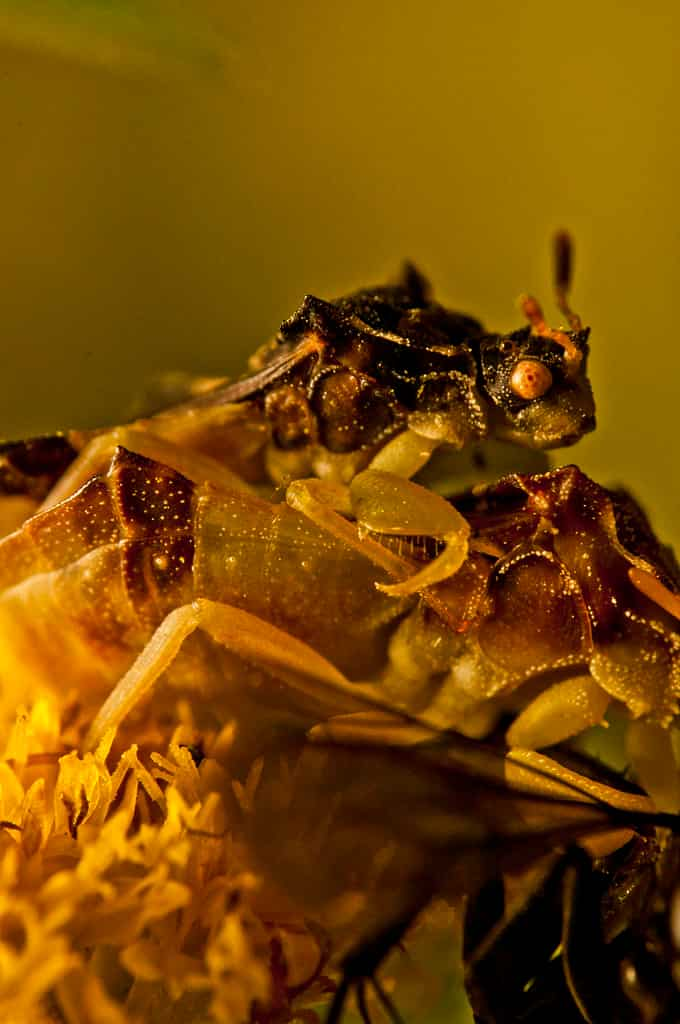
[ad_1]
Studies on how climate change affects mating patterns of animals have been coming out in the recent past. Now, a new analysis has posited that certain insects may be facing difficulty in finding mates because sexual behaviour is connected to their body colour, which in turn is often affected by atmospheric temperatures.
One insect in question is the ambush bug. Darker male ambush bugs warm up more easily on cold mornings. That will help them get sexual partners faster than their brighter counterparts.
A review article published in the journal Ecology and Evolution pointed out how sexual selection is affected by colour patterns in male ambush bug.
As per the study, the male insect changes colour to dark based on heat in the atmosphere. It is a crucial aspect for mating, as darker males attract more females.
What has global warming got to do with any of this?
The multitude of colours we see on insects is partly a result of pigmentation, which is aided by temperature.
The colouring of their bodies help insects in several ways, from camoflauge to attracting mating partners.
Insect colours and sexual signalling
Colours on insects is a method of communication too. Besides sexual signalling, the colours also act as protection from predators.
The colours are “temperature-dependent” and thus likely to be impacted by a changing climate, the study said. The study did not provide conclusive evidence , but it sought to highlight consequences of climate-driven colour change on insects. It is unclear how climate change drives changes in body and wing colour may impact insect physiology and their interactions with mates, predators or prey, it said.
Insects exhibit diverse colours that are specific to species, population and gender.
The colours are produced from pigments underneath their cuticles, cuticular surface surface structures, or a combination of both
How are insect colours linked to climate crisis?
The expression of insect colours in terms of quantity and quality can be impacted by environmental factors including temperature, rainfall, and solar radiation, noted the study. Temperature directly affects pigment production.
Insects in colder environments tend to be darker, as melanin production is greater.
“The selective advantage of this response to environmental temperature is that darker bodies can absorb more solar radiation than lighter bodies, allowing darker individuals to remain active for longer periods in colder regions, which may increase reproductive success and feeding rates,” said the study, citing earlier research.
Also watch | WION Climate Tracker: Does climate change affect hurricanes?
It pointed out that humidity can also trigger colour change in insects, even within the same individual.
Examples are the green forester moth that changes its colour at dusk and dawn with humidity, and male Hercules beetles that switch the colour of the elytra from black at night to yellow in the morning.
All these happen due to differing humidity levels at different times of the day or night.
(With inputs from agencies)
[ad_2]